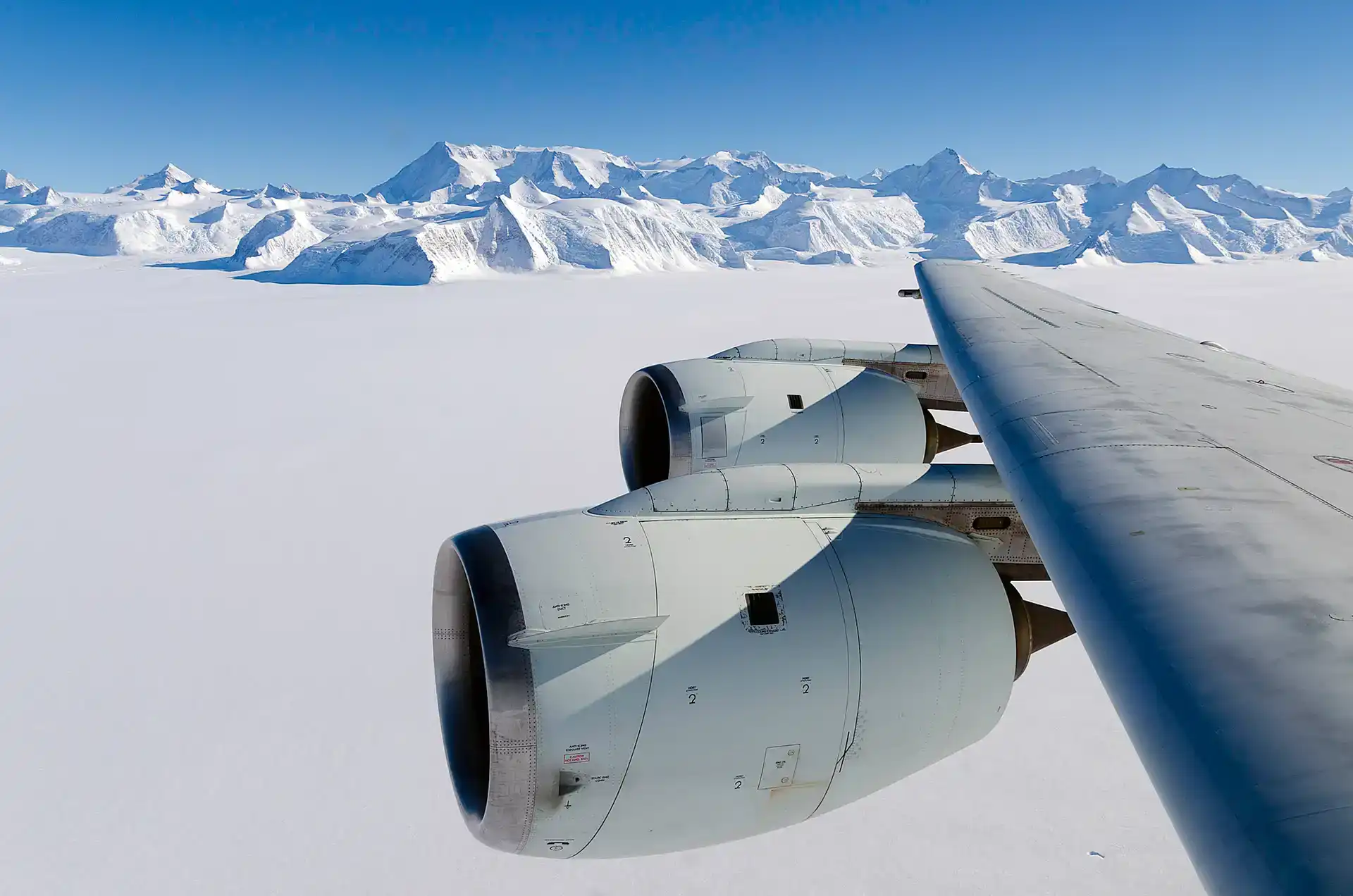The Microwave Airborne Radiometer Scanning System (MARSS) is a passive, along-track scanning microwave radiometer developed by the United Kingdom Met Office and Laboratoire de Me´te´orologie Dynamique du Centre Nationale de Recherche Scientifique (LMD CNRS). It measures brightness temperature across five channels, two at 89 and 157 GHz and three channels centered at the water vapor absorption line at 183 GHz. It is typically used for the calibration and validation of satellite observations. MARSS has a 3-second scan time and an accuracy of better than 1 K.

Instrument Details
- Spectrometer/Radiometer
- Earth Science > Spectral/engineering > MicrowaveEarth Science > Spectral/engineering > Microwave > Brightness Temperature
- Land Surface
- 3 s
- N/A
- 89 GHz, 157 GHz, 183 GHz
- https://doi.org/10.1175/1520-0426(2001)018%3C2003:MTAOMA%3E2.0.CO;2
Andrew McGrath, Tim Hewison
Andrew McGrath
UK Met Office, LMD CNRS
Currently unavailable
Unpublished
FAAM Airborne Laboratory Facility for Airborne Atmospheric Measurements Airborne Laboratory 1 Campaign · 7 Instruments | JAIVEx Joint Airborne IASI Validation Experiment 2007 Ellington Field (EFD), Houston, TX 1 Deployment · 0 Data Products
|